Analysis of Internet of Things Technology Framework and Standard System
Analysis of Internet of Things Technology Framework and Standard System
"At present, the concept and technical architecture of the Internet of Things lack a unified and clear description, and some stakeholders are competing to interpret based on their own interests, which makes the government, industry, and market parties have unclear understanding of their connotation and extension, which may seriously affect The healthy development of the Internet of Things industry. "
The Internet of Things (Internet of Things) was originally defined as a network that connected all items to the Internet through information sensing devices such as radio frequency identification (RFID) and bar codes, and realized intelligent identification and management functions. This concept was first proposed by the Auto-ID Research Center of Massachusetts Institute of Technology in 1999, which is essentially equivalent to the combined application of RFID technology and the Internet. RFID tags can be described as the most critical technology and product link in the early Internet of Things. At that time, it was considered that the largest and most promising application of the Internet of Things was in the field of retail and logistics. Using RFID technology, the automatic identification of goods or commodities through the computer Internet was realized. Information interconnection and sharing.
In 2005, the International Telecommunication Union (ITU) extended the concept of the Internet of Things in the report "The Internet of Things", and proposed the development vision of interconnection between any time, any place, and any object, ubiquitous network and ubiquitous computing, in addition to RFID technology. , Sensor technology, nanotechnology, intelligent terminal and other technologies will be more widely used. However, ITU has not proposed a new definition of the Internet of Things for the expansion of the concept of the Internet of Things.
On September 15, 2009, the RFID and Internet of Things research project cluster (ClusterofEuropeanResearchProjectsonTheInternetOfThings: CERP-IoT) under the seventh framework of the European Union released the "Internet of Things Strategic Research Roadmap" research report, which proposed a new concept of the Internet of Things. Networking is an integral part of the Internet in the future and can be defined as a dynamic global network infrastructure based on standard and interoperable communication protocols with self-configuration capabilities. The "things" in the Internet of Things all have logos, physical attributes and substantial personalities, and use intelligent interfaces to achieve seamless integration with information networks. The main research purpose of the project cluster is to facilitate networking between different RFID and IoT projects within Europe; to coordinate IoT research activities including RFID; to balance professional technology, human resources, and resources to maximize research effectiveness; Establish a collaborative mechanism between projects.
The relationship between the Internet of Things and RFID, sensor networks and ubiquitous networks
1. The relationship between sensor networks and RFID
RFID and sensors have different technical characteristics. Sensors can monitor and sense various kinds of information, but they lack the ability to identify items, and RFID technology has a strong ability to identify items. Although RFID is also often described as a tag-based sensor used to identify targets, RFID readers cannot sense the changes in the current environment in real time, and their reading and writing range is affected by the distance between the reader and the tag. Therefore, improving the sensing capability of the RFID system and expanding the coverage capability of the RFID system are urgent problems to be solved. The longer effective distance of the sensor network will expand the application range of RFID technology. Sensors, sensor networks, and RFID technologies are all important components of the Internet of Things technology. Their mutual integration and system integration will greatly promote the application of the Internet of Things, and their application prospects are inestimable.
2. The relationship between the Internet of Things and the sensor network
The concept of SensorNetwork was first proposed by the US military. It originated in 1978 when the US Department of Defense Advanced Research Projects Agency (DARPA) began to fund Carnegie Mellon University ’s research project on distributed sensor networks. At that time, the concept was limited to several A self-organized network of sensor nodes with wireless communication capabilities.
With the rapid development of Internet technology and multiple access networks and intelligent computing technologies in recent years, in February 2008, ITU-T published the "Ubiquitous Sensor Networks" research report. In the report, ITU-T pointed out that the sensor network has developed towards the ubiquitous sensor network. It is a network composed of intelligent sensor nodes and can be deployed in the form of "any place, any time, anyone, anything". The technology can promote new applications and services in a wide range of fields, from security and environmental monitoring to promoting personal productivity and enhancing national competitiveness. From the above definition, it can be seen that the sensor network has been regarded as an important part of the Internet of Things. If the scope of smart sensors is extended to other data collection technologies such as RFID, from the perspective of technical composition and application fields, the ubiquitous sensor network is equivalent to ours. Mentioned Internet of Things.
3. The relationship between the Internet of Things and the ubiquitous network
Ubiquitous network refers to ubiquitous network, also known as ubiquitous network. The definition given by Japan and South Korea, which first proposed the U strategy, is that the ubiquitous network society will be a technological social form armed with intelligent networks, the most advanced computing technology, and other leading digital technology infrastructures. According to this concept, the U network will use "ubiquitous", "all-inclusive" and "omnipotent" as the basic characteristics to help humans achieve "4A" communication, that is, at any time, any place, any person, any Things can communicate smoothly. Therefore, relative to the current realizability of the Internet of Things technology, the ubiquitous network belongs to the ideal state and long-term vision of the future development of information network technology.
The technical framework of the Internet of Things
The technical system framework of the Internet of Things, which includes perception layer technology, network layer technology, application layer technology and public technology.
1. Perception layer data collection and perception is mainly used to collect physical events and data that occur in the physical world, including various physical quantities, identification, audio, and video data. The data collection of the Internet of Things involves technologies such as sensors, RFID, multimedia information collection, two-dimensional codes and real-time positioning.
Sensor network networking and collaborative information processing technologies enable short-distance transmission of data acquired by sensors, RFID and other data collection technologies, self-organizing networking, and collaborative information processing of data from multiple sensors.
2. The network layer realizes a wider range of interconnection functions, and can transmit the perceived information without barriers, high reliability, and high security. It requires the integration of sensor networks with mobile communication technology and Internet technology. After more than ten years of rapid development, mobile communications, Internet and other technologies have become relatively mature, and can basically meet the needs of the Internet of Things data transmission.
3. Application layer The application layer mainly includes the application support platform sublayer and application service sublayer. The application support platform sublayer is used to support cross-industry, cross-application, and cross-system information collaboration, sharing, and interworking functions. The application service sublayer includes smart transportation, smart medical care, smart home, smart logistics, smart power and other industry applications.
4. Public technology Public technology does not belong to a specific level of the Internet of Things technology, but is related to the three layers of the Internet of Things technology architecture. It includes identification and resolution, security technology, network management, and quality of service (QoS) management.
Standard System of Internet of Things
According to the characteristics of the Internet of Things technology that are closely related to the application, according to the two levels of technical basic standards and application subsets, we propose strategies such as citing existing standards, tailoring existing standards, or formulating new specifications to form a system architecture, network communication Standard system of technical basic specifications, products, and application subset specifications such as protocols, interfaces, collaborative processing components, network security, coding identification, backbone network access and services, etc. (as shown in Figure 3) The system and system's IoT standard formulation work also provides important support for the adoption of standards in future IoT product R & D and application development.
The current IoT standard development has the following two main tasks:
1. Prepare a joint working group on Internet of Things standards to coordinate well with relevant standardization organizations
At present, the concept and technical architecture of the Internet of Things lack a unified and clear description. Some stakeholders are competing to interpret based on their own interests, which makes the government, industry and market parties have unclear understanding of their connotation and extension, which may cause the government to The support direction and strength of the networking technology and industry have deviations, which seriously affect the healthy development of the Internet of Things industry.
In order to integrate the related standardization resources of the Internet of Things, coordinate the overall standardization work of the Internet of Things, better serve the overall situation of the coordinated development of the national Internet of Things industry, meet the requirements of the overall development strategy of the national information industry, adapt to the application of the Internet of Things driven by The demand is the principle of special needs for the tight integration of multiple technologies to be pulled, and at the same time provide comprehensive technical and standardized service support for the government department ’s Internet of Things industry development decision. Recently, the Ministry of Industry and Information Technology's RFID Standard Working Group, the National Information Technology Standardization Technical Committee Sensor Network Standards Working Group, the Ministry of Industry and Information Technology's Information Resources Sharing and Collaborative Service (IGRS) Standard Working Group, and the National Industrial Process Measurement The Joint Working Group on Standards for Internet of Things was co-sponsored by the Standards Working Group recognized by the industry, academia and research institutes, such as the Control Standardization Technical Committee and closely related to the Internet of Things technology. Zhang Qi, deputy director of the Electronic Technology Commission of the Ministry of Industry and Information Technology and director of the Office of the National Golden Card Engineering Coordination Leading Group, served as the head of the joint working group, and Liu Haitao, deputy director of the Shanghai Institute of Microsystems and Information Technology, Chinese Academy of Sciences, served as the standing deputy group of the joint working group. long.
The IoT Standards Joint Working Group will closely focus on industry development needs, coordinate and integrate resources, jointly carry out IoT technology research, actively promote IoT standardization, accelerate the formulation of IoT technology standards that meet China's development needs, and establish sound standards System, and actively participate in the activities of the International Organization for Standardization, with the joint working group as a platform to strengthen exchanges and cooperation with Europe, the United States, Japan, South Korea and other countries and regions, and strive to become one of the leading forces in the formulation of international standards for the Internet of Things.
2. Do a good job in the top-level design of the Internet of Things and improve the construction of the Internet of Things standard system
We need to attach great importance to the construction of the IoT standard system, strengthen the organization and coordination, clarify the direction, highlight the key points, unify the deployment, and implement step by step, actively encourage and absorb relevant industries and enterprises with IoT application needs to participate in the standardization work, and steadily advance the IoT standard The formulation, promotion and application of relevant standards promote the relevant standards organizations to form an effective coordination, division of labor and cooperation working mechanism, and form a more complete IoT standard system as soon as possible. To formulate China's IoT standard system, we also need to combine the development trends of international IoT applications with China's IoT development strategy, and conduct research with relevant departments to ensure that actual needs are the goal, combined with actual national conditions and industry status, to give standards The prioritized list will provide a technical basis for the country's macro decision-making and guidance, and provide guidance for the establishment and formulation of national and industry standards related to the Internet of Things.
Modern lighting has gone beyond the simple lighting feature and into the light environment art filed,it is based on this design idea,the forth elements using the light of this space,will be "lighting"to"landscape beautification",make full use of various modern lightingart form and control technology,create a new night landscape.Our company's lighting products mainly include High efficiency LED Tunnel Lamp,Waterproof LED Spot lamp,LED Grooved lamp,Hotel LED Wall Washer light,Square LED Point light source,LED Light dissolving lamp,Stainless steel LED Buried lamp,LED Contour light,LED Rail Guarding Lamp.
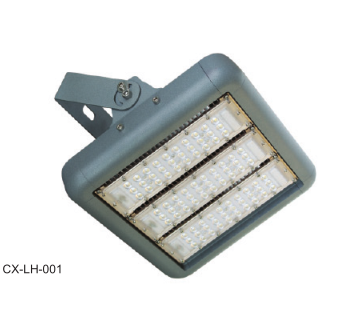
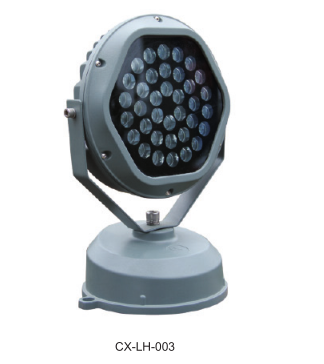
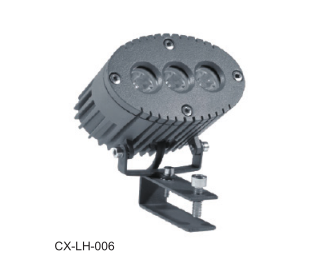


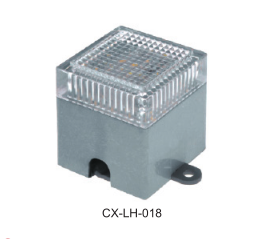
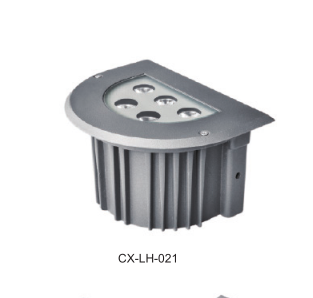
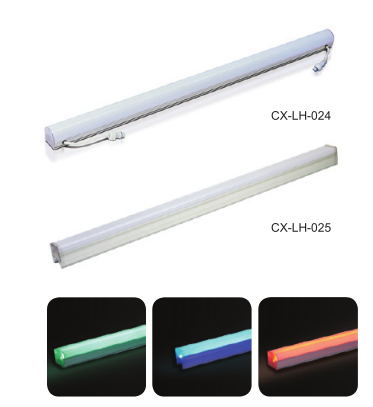
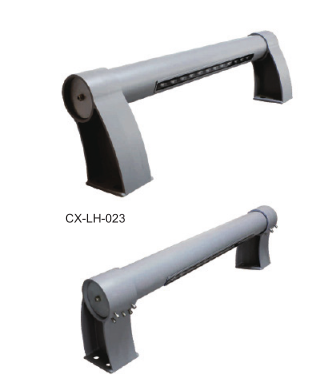
Building Lighting Series,Building Lighting,Building Lighting Control Systems,Building Lighting Design
Jiangsu chengxu Electric Group Co., Ltd , https://www.satislighting.com